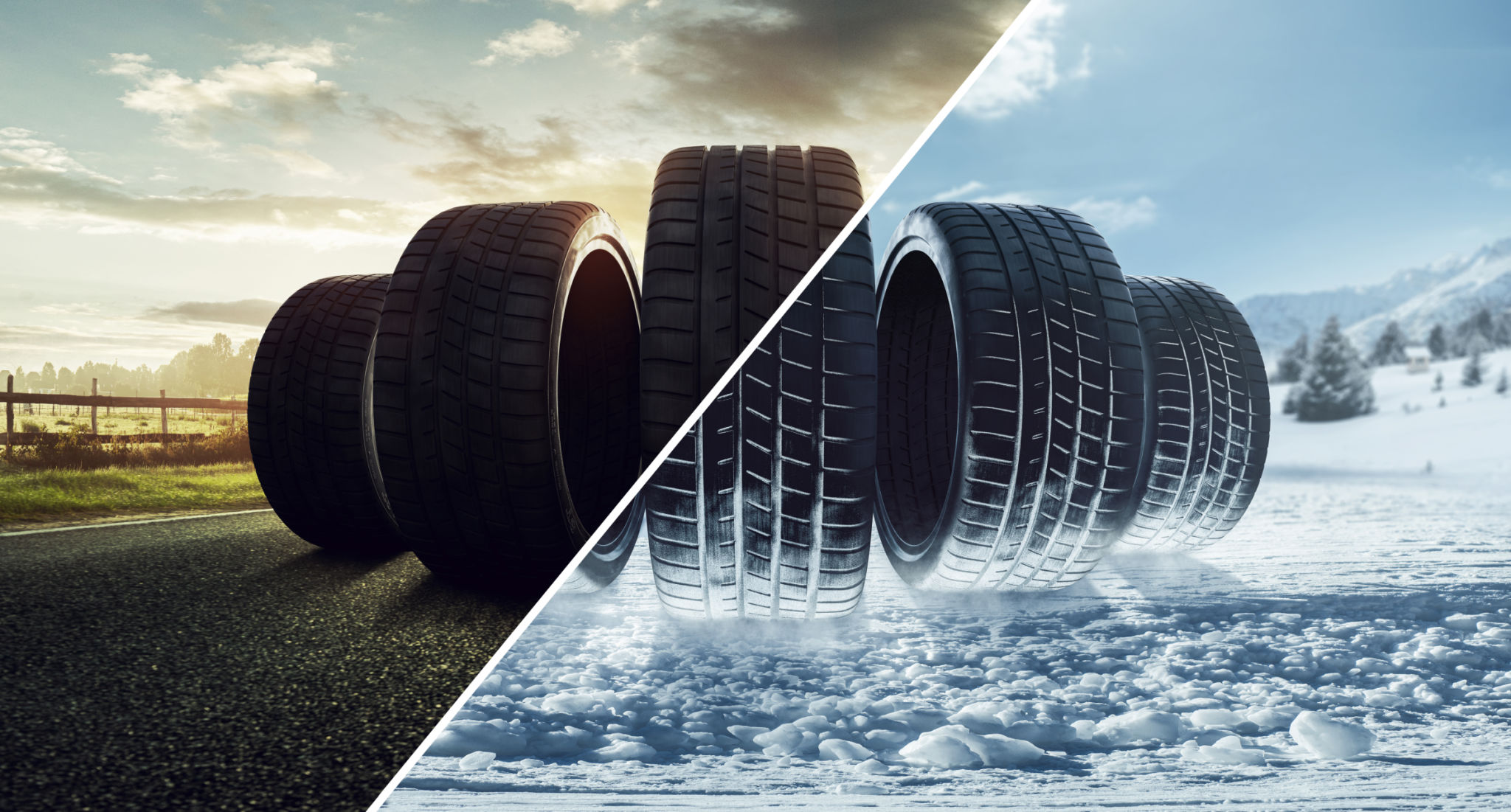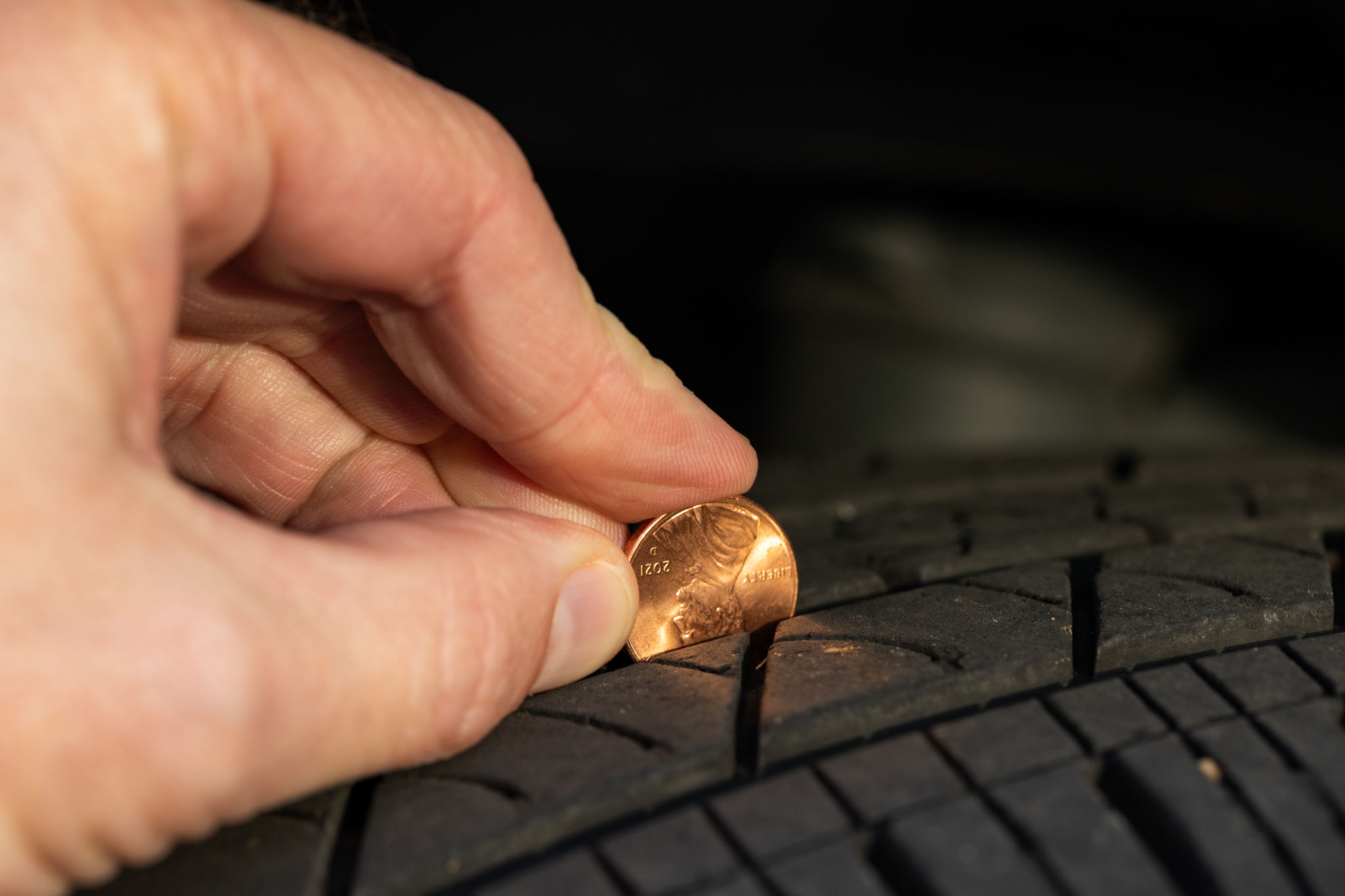Expert Tips for Maintaining Tire Longevity in Harsh Climates
Understanding the Impact of Harsh Climates on Tires
Driving in harsh climates presents unique challenges that can significantly impact the longevity of your tires. Whether you are navigating through sweltering heat, freezing temperatures, or heavy rainfall, each condition demands specific attention to ensure tire durability and safety. Understanding these impacts is the first step toward maintaining your tires effectively.
High temperatures can cause the air inside your tires to expand, increasing the risk of a blowout. Meanwhile, cold weather can lead to tire deflation and reduced traction. Additionally, rain or snow conditions necessitate tires with optimal tread depth to maintain grip and prevent hydroplaning.

Regularly Check Tire Pressure
Maintaining proper tire pressure is crucial for extending the life of your tires. In harsh climates, it is advisable to check your tire pressure more frequently—ideally once a month. Ensure that your tires are inflated to the recommended pressure levels specified by your vehicle manufacturer. Under-inflation can lead to excessive wear on tire edges, while over-inflation can cause wear in the center.
Use a reliable tire gauge to measure pressure accurately. Remember that temperature fluctuations can alter tire pressure, so make adjustments as necessary to maintain optimal levels.
Monitor Tread Depth
Tread depth plays a vital role in ensuring safety and performance, especially in wet or icy conditions. A simple way to monitor tread depth is by using the penny test: insert a penny into the tread grooves with Lincoln's head facing down. If you can see the top of his head, it’s time to replace your tires.

Conduct Regular Inspections
Regular inspections are a proactive way to identify potential issues before they become serious problems. Look for signs of wear such as cracks, bulges, or foreign objects embedded in the tire. Pay close attention to any abnormalities that could compromise tire integrity.
Inspecting your tires frequently helps you catch problems early, ensuring your tires remain in good condition and last longer despite harsh climate conditions.
Rotate Tires Frequently
Tire rotation is essential for even wear and extends the lifespan of your tires. Different driving conditions can cause uneven wear patterns. Rotating your tires every 5,000 to 7,000 miles helps distribute wear evenly across all four tires. This practice is even more critical if you regularly drive on rough terrains or experience extreme weather conditions.

Choose the Right Tires for Your Climate
Selecting the appropriate tires for your climate is pivotal in maximizing their lifespan. Consider all-season tires if you experience mild weather variations, but opt for winter tires if you live in an area with heavy snowfall. For hot climates, summer tires offer better performance and durability.
Consult with a tire professional to ensure you choose the best option for your specific driving conditions. The right tires not only last longer but also provide improved safety and efficiency.
Store Tires Properly When Not in Use
If you use seasonal tires, proper storage during off-seasons is essential. Store them in a cool, dry place away from direct sunlight and heat sources. Consider using tire bags or covers to protect them from dust and environmental damage.
Proper storage helps maintain tire quality and ensures they are ready for use when the season changes.

